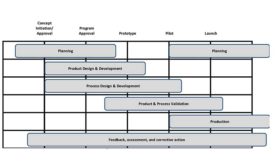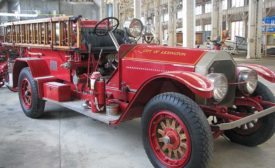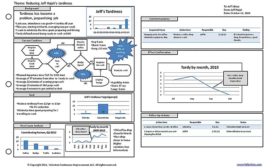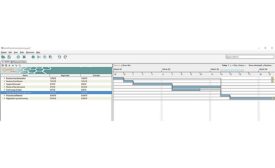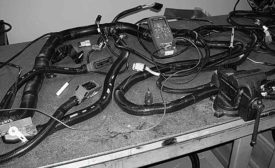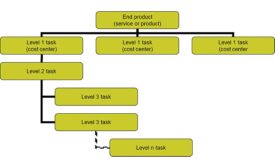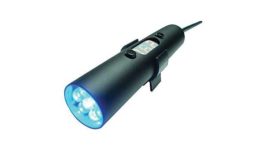Jon Quigley
The author of numerous books on project management, Jon has held engineering and management positions at Volvo Trucks, PACCAR and other companies. Email Jon at jon.quigley@valuetransform.com
ARTICLES
Prototyping Complex Harnesses
Designing, building and testing complex wire harnesses takes planning, attention to detail - and a good tester
October 10, 2019
Configuration Management How-To
Configuration management is a fundamental set of processes for managing the product, supply chain and much more
May 7, 2019
Never miss the latest news and trends driving the manufacturing industry
Stay in the know on the latest assembly trends.
JOIN TODAY!Copyright ©2024. All Rights Reserved BNP Media.
Design, CMS, Hosting & Web Development :: ePublishing
